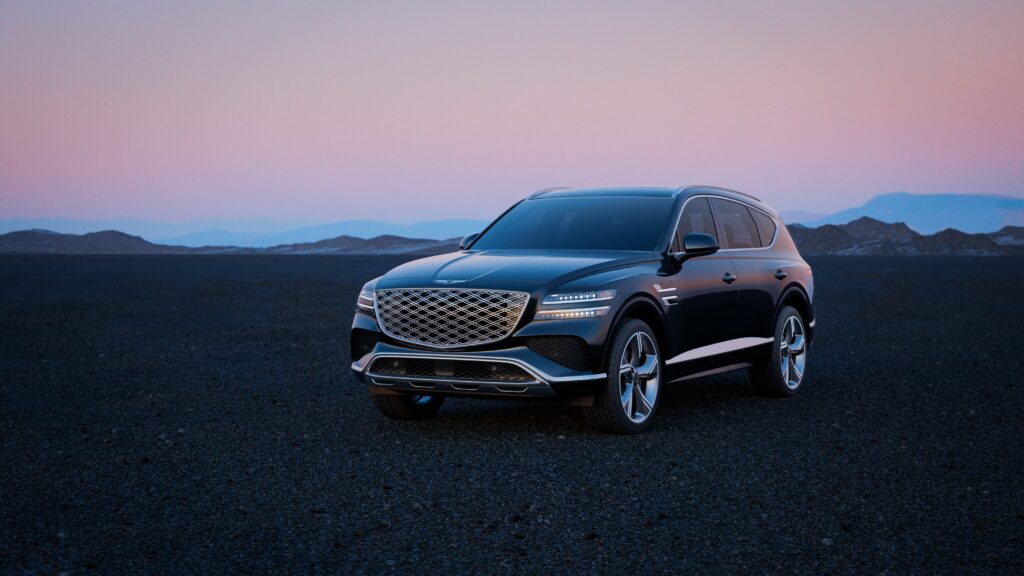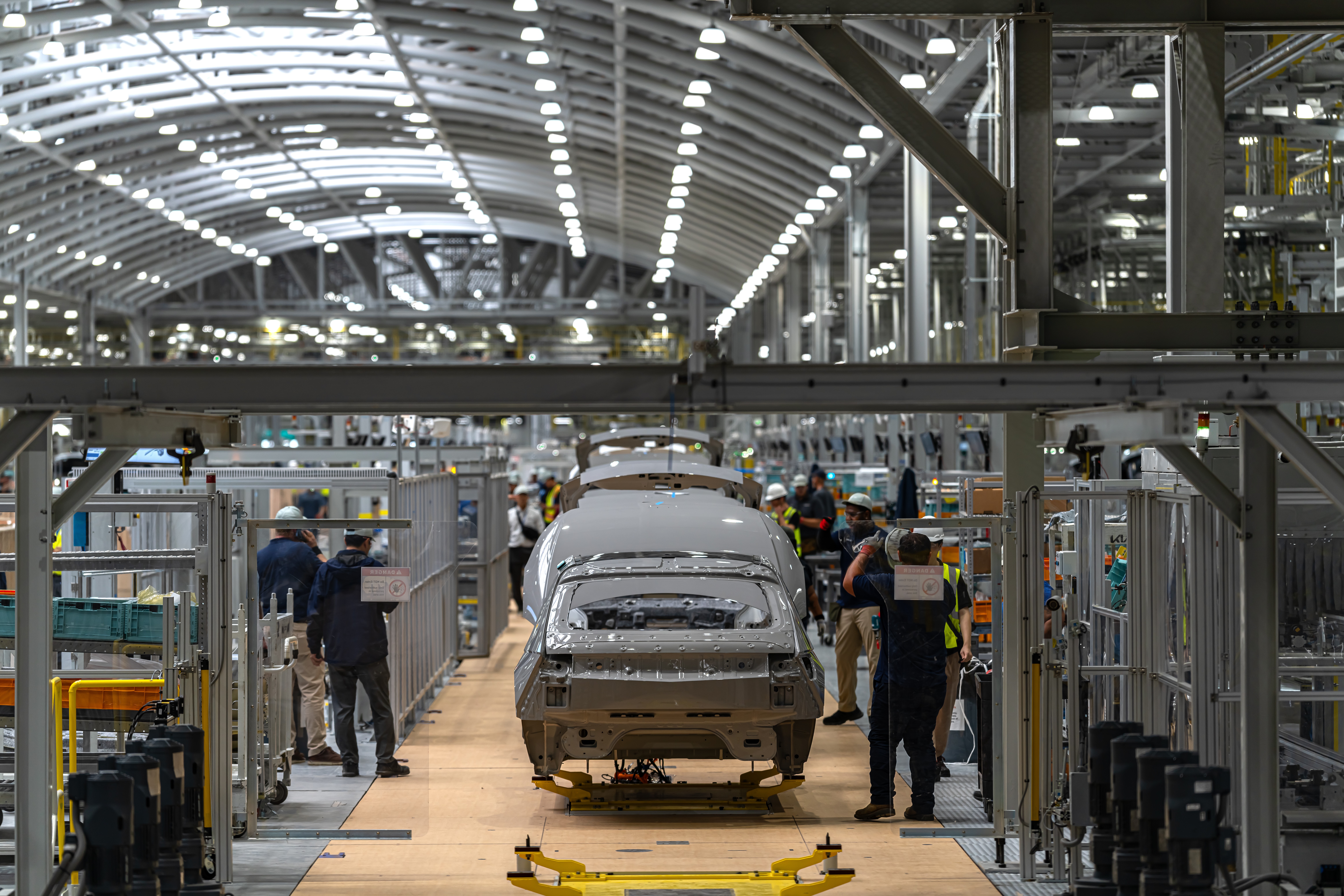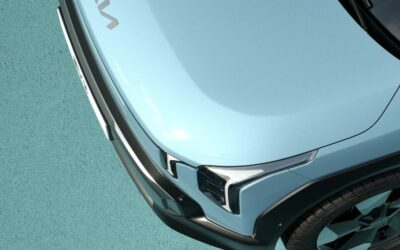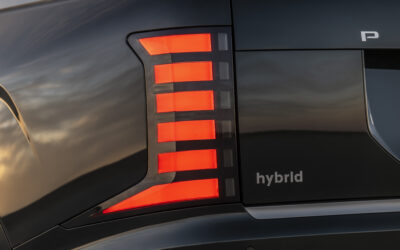Hyundai Motor Company and Kia Corporation are set to announce their second-quarter 2025 financial results, with Hyundai reporting on July 24 and Kia on July 25. According to projections by FnGuide and leading securities firms, Hyundai Motor’s operating profit is estimated to be ₩3.54 trillion, while Kia is expected to report ₩3 trillion in operating profit. Both automakers are projected to see a 17% year-on-year decline compared to the same period in 2024, underscoring mounting challenges for Korea’s automotive sector.
Korean Automakers Face Structural Vulnerabilities from U.S. Tariffs
Industry analysts warn that Korean carmakers like Hyundai and Kia are structurally more vulnerable to potential U.S. tariffs compared to their global rivals. Despite producing 1.71 million vehicles for the U.S. market in 2024, Hyundai and Kia’s local U.S. production stood at just 720,000 units, with the majority exported from Korea.
Similarly, GM Korea, which relies on the U.S. for about 90% of its exports, shipped 240,000 vehicles in the first half of 2025, marking a 6% decline year-on-year. Any tariff hikes or U.S. market contraction could further hit the export-driven supply chain, impacting not only the automakers but also Korea’s small and medium-sized parts manufacturers, which exported a record ₩11.42 trillion worth of auto components to the U.S. in 2024.

Toyota and Japanese Automakers Hold an Advantage
While Korean brands face pressure, Japanese automakers like Toyota and Lexus remain relatively insulated from the tariff threat. Toyota sold 2.33 million vehicles in the U.S. last year, with 1.27 million units (55%) produced locally, compared to Hyundai and Kia’s 42% local production rate.
An industry insider noted, “Toyota and Lexus benefit from stronger U.S. manufacturing footprints, whereas premium Korean models like Genesis remain heavily reliant on Korean exports, making them more exposed to tariff risks.”
By contrast, European luxury automakers—including BMW, Mercedes-Benz, Porsche, and Ferrari—are less affected, as they cater to high-end consumers less sensitive to price increases, and consistently achieve double-digit profit margins despite economic pressures.
Price Wars Loom in the U.S. Automotive Market
Following the Q2 earnings announcements, analysts predict a “price war” in the U.S. market as automakers attempt to offset declining profits caused by tariffs. U.S.-based Ford has already raised prices on three SUV models made in Mexico by up to $2,000 (₩2.8 million) as of May. Likewise, Toyota increased its average vehicle price by $270 (₩360,000) earlier this month.
While these hikes remain modest, steeper increases may follow if tariffs persist, placing further strain on automakers already facing shrinking margins.
Hyundai and Kia’s Market Share at Risk
Hyundai Motor Group faces a dilemma:
- If prices remain unchanged, profits could plummet due to tariffs.
- If prices rise, years of market share growth may be undone.
Hyundai and Kia’s U.S. market share has climbed steadily from 7.8% in 2019 to 10.9% in the first half of 2025, achieving double-digit share for the first time in 2022 and hitting an all-time high in 2024. However, price hikes risk slowing this upward momentum, jeopardizing gains made in one of the world’s most competitive automotive markets.
For Korea’s auto industry—including finished vehicle producers and parts suppliers—the coming months will test their resilience as tariff uncertainties, price competition, and declining profits converge.





